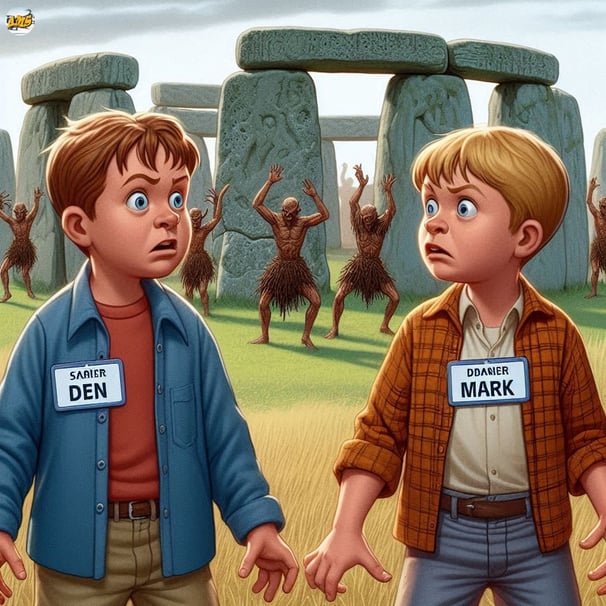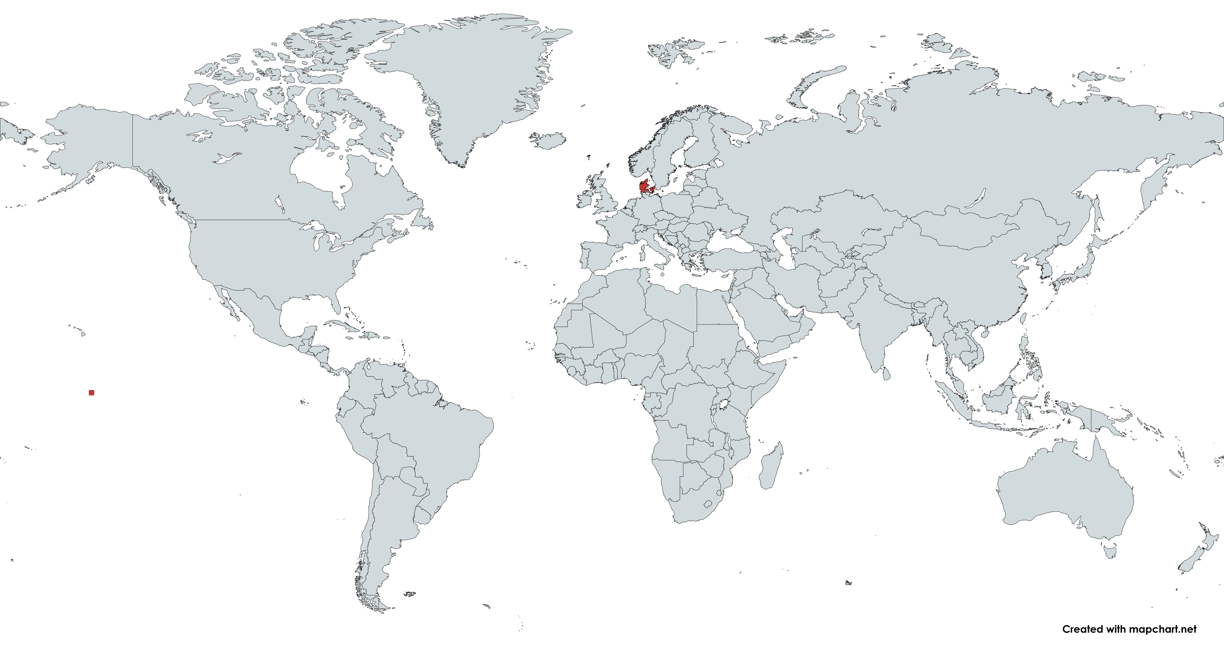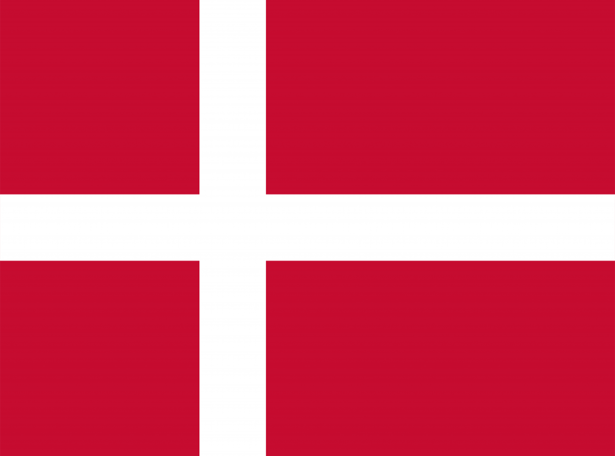
Copenhagen, Denmark
Den and Mark couldn't cope being pagan
Memory Aid: Imagine two boys named Den and Mark looking startled with a group of pagans in the background at Stone Henge. They were here to join in but now they are not quite sure!
Association: Associate Den and Mark with a background full of pagans.


Where in the World is Denmark?


The Flag of Denmark


What to do and where to visit in Copenhagen
As a first-time visitor to Copenhagen, start your journey at the iconic Nyhavn, where colorful buildings line the waterfront and cafes invite you to relax.
Don't miss a visit to the historic Tivoli Gardens, a stunning amusement park that’s enchanting both day and night. Explore the fascinating exhibits at the National Museum of Denmark to gain insights into the country’s rich history.
A stroll through the picturesque streets of Christianshavn leads to the famous Freetown Christiania, known for its alternative lifestyle and artistic vibe. For a panoramic view of the city, climb the spiral tower of the Church of Our Saviour.
Lastly, enjoy the serene beauty of The Little Mermaid statue, a must-see tribute to Hans Christian Andersen’s fairy tale.
With its blend of history, culture, and modern design, Copenhagen promises an unforgettable experience.
What Countries border Denmark?
Denmark is bordered by Germany to the south, while Sweden lies to the east across the Øresund Strait, and Norway to the northwest across the Skagerrak.
Historically, Denmark has experienced conflicts with its neighbors, particularly during the Viking Age and the Middle Ages. The Danish Kingdom once sought to expand its influence, leading to clashes with Sweden and northern Germany. Notable conflicts include the Kalmar War against Sweden in the 16th century and the Second Schleswig War with Prussia in the 19th century, which resulted in the loss of territory.
Despite these historical tensions, modern relations between Denmark and its neighbors are generally amicable, marked by cooperation through organizations such as the Nordic Council and the European Union.
History & Politics of Denmark
Denmark has a rich history that dates back to the Viking Age, characterized by its seafaring culture and exploration. Over time, it evolved from a collection of kingdoms into a unified nation-state during the Middle Ages.
The political landscape of Denmark has undergone significant transformations, particularly with the establishment of a constitutional monarchy in the 19th century. Today, Denmark is a parliamentary democracy, where the monarchy plays a symbolic role, with the current monarch being Queen Margrethe II. The royal family is an integral part of Danish culture, representing continuity and tradition, while also engaging in various charitable activities.
Denmark's political framework combines democratic values with a deep respect for its historical roots, making it a unique example in European politics.
The royal family's presence adds a layer of historical significance to the nation, reflecting its past while embracing modern democratic ideals.
Is it safe to visit Copenhagen?
Copenhagen is generally a safe city for visitors, known for its low crime rates and welcoming atmosphere. However, like any urban destination, it is important for tourists to remain vigilant and be aware of their surroundings.
Visitors should take standard precautions, such as keeping an eye on personal belongings and avoiding poorly lit areas at night.
While public transport is efficient and reliable, it's wise to stay alert on crowded trains and buses to avoid pickpockets.
Additionally, understanding local customs and being respectful of Danish culture will enhance the travel experience.
Danish locals are friendly and often speak English, making it easy for tourists to seek help or recommendations.
Overall, with common sense and awareness, visitors can enjoy all that Copenhagen has to offer, from its beautiful architecture to its vibrant culinary scene.
Explore
Learn World capitals through images and associations.
Learn
© 2025. All rights reserved - Air Mobility Services
Terms of Use


